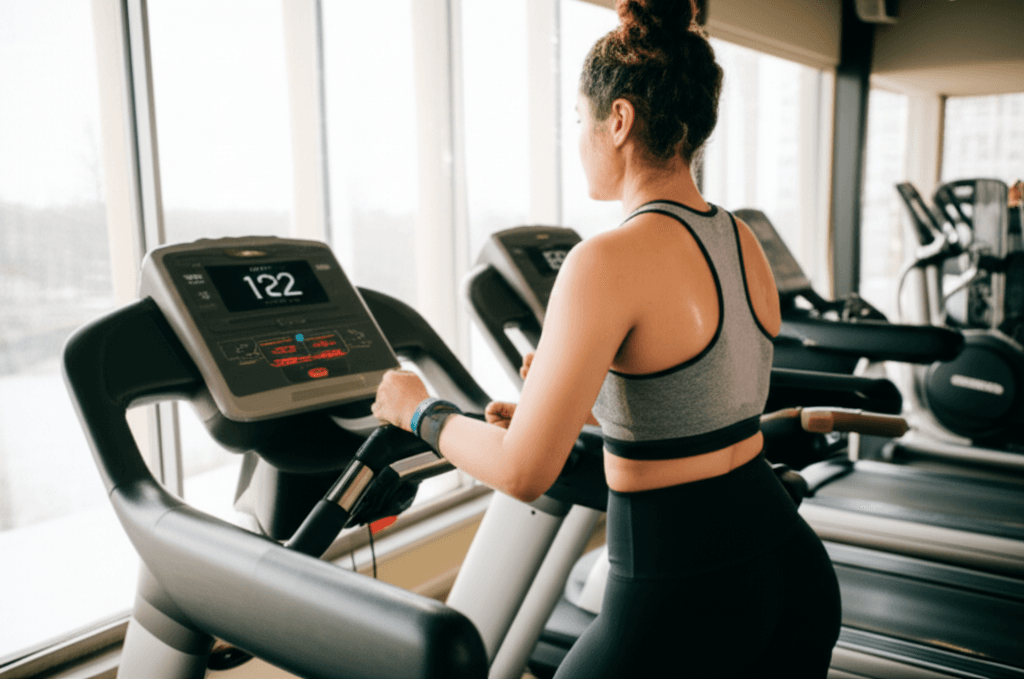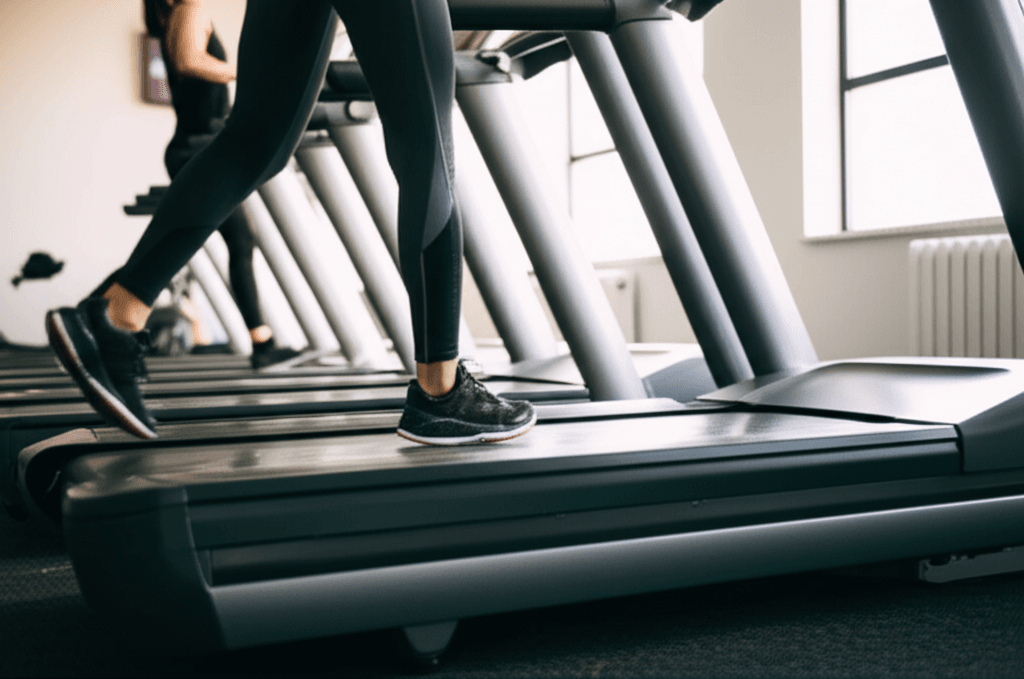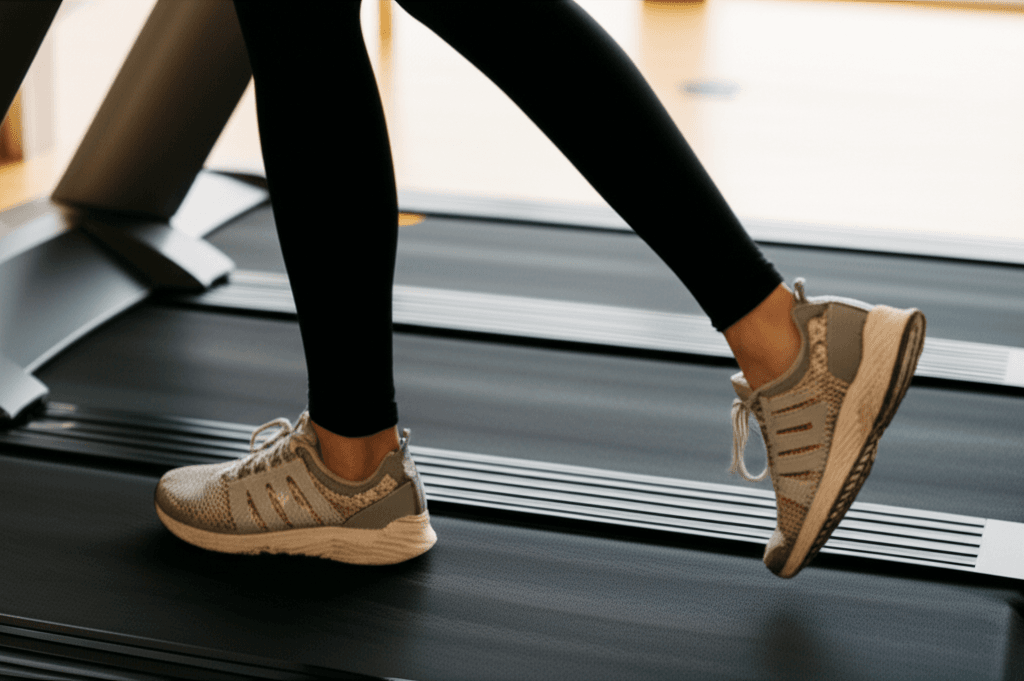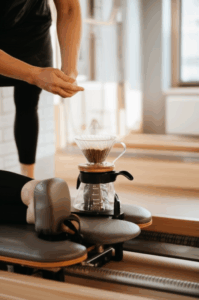In the ever-evolving world of fitness, new trends emerge constantly, often fueled by social media. One such phenomenon that has captivated millions is the “12-3-30” treadmill workout. This seemingly simple routine, popularized on TikTok, promises significant fitness benefits with just a treadmill and 30 minutes of effort. But is it a fleeting viral sensation, or does it hold genuine merit as a sustainable fitness tool?

What is the 12-3-30 Workout?
The 12-3-30 workout is remarkably straightforward, hence its memorable name. It involves setting a treadmill to a 12% incline, a speed of 3 miles per hour (mph), and walking for 30 continuous minutes. This routine was created by social media influencer Lauren Giraldo, who first shared it on YouTube in 2019 and later saw it explode in popularity on TikTok in 2020. Giraldo claims the method helped her lose 30 pounds and overcome gym intimidation.
The brilliance of the 12-3-30 lies in its accessibility and simplicity. It doesn’t require complex choreography or specialized equipment, making it appealing to beginners and seasoned gym-goers alike.

Benefits of the 12-3-30 Workout
Despite its humble origins as a social media trend, fitness experts acknowledge several benefits associated with the 12-3-30 workout:
Cardiovascular Health and Endurance
Walking, especially at an incline, is an excellent form of aerobic activity. The elevated incline significantly increases your heart rate, making your heart and lungs work harder than walking on a flat surface. This sustained effort can improve cardiovascular endurance and overall fitness. Regular physical activity like this can contribute to lowering blood pressure and reducing the risk of heart disease.
Lower-Body Strength and Muscle Engagement
Walking uphill challenges various muscle groups in the lower body. The 12% incline targets and strengthens the glutes, hamstrings, calves, and lower back more intensely than flat-ground walking. This acts as a form of resistance training, helping to build muscle mass and tone.
Calorie Expenditure and Weight Management
The increased intensity from the incline leads to a higher calorie burn. One study indicated that walking at a 5% incline increased calorie burn by 52%, and a 10% incline by 113%. Therefore, the 12% incline of this workout can burn significantly more calories than walking on a flat surface, contributing to a calorie deficit needed for weight loss when combined with a balanced diet.
Low-Impact Alternative to Running
For individuals who experience joint pain or are recovering from injuries, the 12-3-30 offers a lower-impact alternative to running while still providing a challenging cardiovascular workout. This makes it a suitable option for a wider range of fitness levels and ages.
Increased Motivation and Gym Comfort
Many users, including Giraldo herself, credit the workout with making them feel more comfortable and motivated at the gym. Its simplicity and the tangible challenge it presents can be a powerful psychological boost for establishing a consistent exercise routine.

Potential Drawbacks and Considerations
While beneficial, the 12-3-30 workout is not without its considerations:
Intensity and Injury Risk
A 12% incline is substantial and can be very taxing, especially for beginners or those with pre-existing conditions like knee, hip, ankle, or lower back pain. Starting too intensely can lead to muscle strain, overuse injuries, or stress on the Achilles tendons and calves. It’s crucial to listen to your body and not overdo it.
Lack of Variety and Holistic Fitness
Relying solely on the 12-3-30 workout for all physical activity may lead to neglecting other important aspects of fitness, such as strength training for other muscle groups, flexibility, and movements in different planes of motion. Fitness experts recommend incorporating a variety of exercises for a more well-rounded routine.
Posture and Form
Maintaining proper posture is vital during incline walking. Leaning on the handrails can reduce the effectiveness of the incline and put undue strain on the lower back, disrupting natural arm swing and balance. Engaging the core and keeping shoulders back is important to avoid injury.
Calorie Burn and Weight Loss Claims
While the workout burns calories, the idea that any single exercise guarantees significant weight loss is often overstated. Weight loss is complex and depends on many factors, including diet, sleep, and overall lifestyle, in addition to exercise.

Safely Incorporating the 12-3-30 into Your Routine
For those interested in trying the 12-3-30 workout, experts recommend a gradual approach to avoid injury and burnout:
- Start Slowly: If you’re new to incline walking, begin with a lower incline (e.g., 3% to 5%) or slower speed, and shorter duration, gradually increasing to the full 12-3-30 as your fitness improves.
- Warm-up and Cool-down: Always perform a warm-up before starting and a cool-down with stretching afterward to prepare your muscles and aid recovery.
- Listen to Your Body: Pay attention to any pain or discomfort. If you need to lower the incline or speed, do so.
- Don’t Hold the Handrails: Use the handrails only for balance if necessary, otherwise, allow your arms to swing naturally to engage your core and maintain proper form.
- Frequency: Consider doing the 12-3-30 workout two to three times a week initially, rather than daily, to allow for recovery and prevent overuse injuries.
- Variety is Key: Integrate other forms of exercise, such as strength training, flexibility work, and different cardio activities, for a balanced fitness regimen.
- Consult a Professional: If you have underlying health conditions or are new to exercise, consult a healthcare provider or certified personal trainer before starting this or any new workout routine.
Conclusion: A Lasting Fitness Tool, with Caveats
The 12-3-30 treadmill workout has undeniably transcended its viral TikTok origins to become a recognized and effective fitness tool. Its simplicity and ability to significantly boost cardiovascular health, build lower-body strength, and burn calories make it a valuable addition to many fitness routines.
However, it’s not a magic bullet. While it offers substantial benefits, particularly for those seeking a low-impact yet challenging cardio workout, it’s crucial to approach it with caution, especially for beginners. Gradual progression, proper form, and incorporating it as part of a more diverse exercise plan are key to maximizing its benefits and minimizing risks. The 12-3-30 is more than just a trend; it’s a legitimate workout, but its long-term utility depends on how intelligently and safely individuals integrate it into their overall fitness journey.







